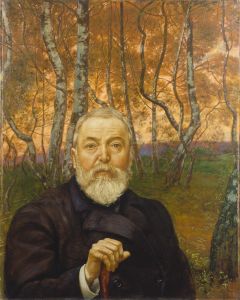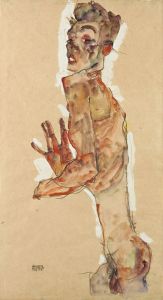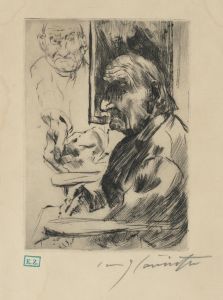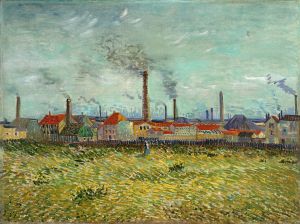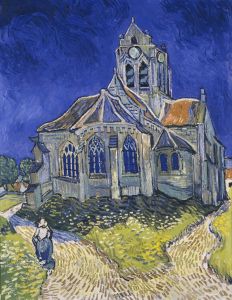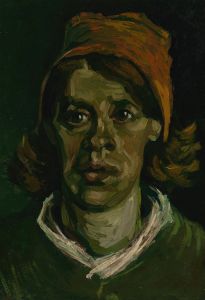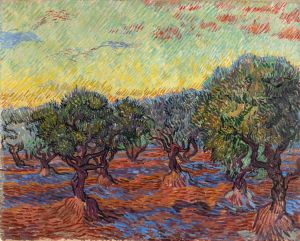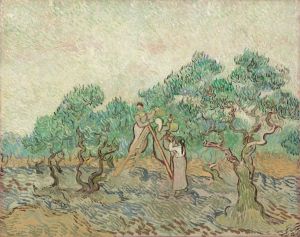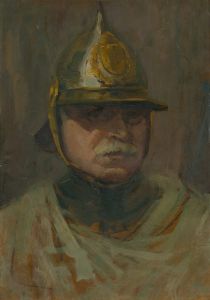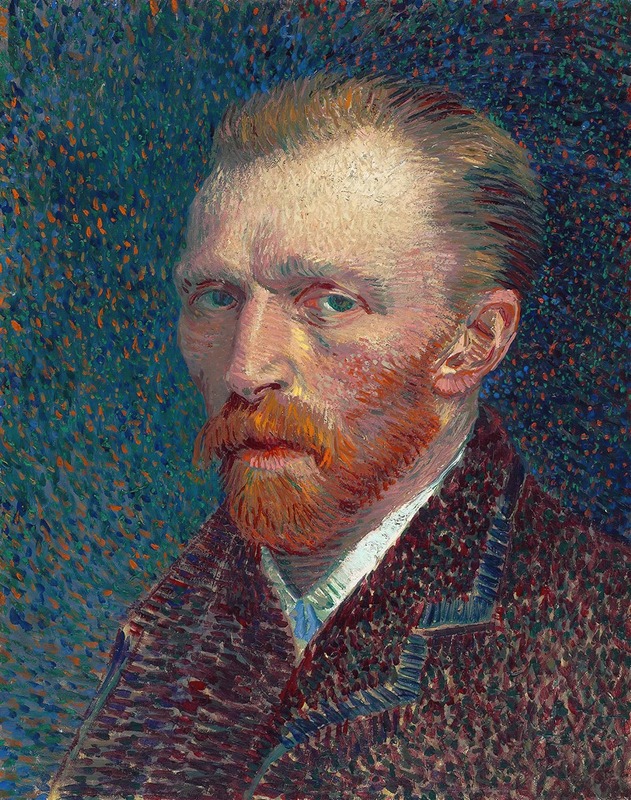
Self-Portrait
A hand-painted replica of Vincent van Gogh’s masterpiece Self-Portrait, meticulously crafted by professional artists to capture the true essence of the original. Each piece is created with museum-quality canvas and rare mineral pigments, carefully painted by experienced artists with delicate brushstrokes and rich, layered colors to perfectly recreate the texture of the original artwork. Unlike machine-printed reproductions, this hand-painted version brings the painting to life, infused with the artist’s emotions and skill in every stroke. Whether for personal collection or home decoration, it instantly elevates the artistic atmosphere of any space.
Vincent van Gogh's self-portraits are among the most iconic works in the history of art, reflecting the artist's intense emotional and psychological states during his life. One of these self-portraits, commonly referred to as Self-Portrait, was painted in 1889 during Van Gogh's stay at the asylum of Saint-Paul-de-Mausole in Saint-Rémy-de-Provence, France. This particular work is housed in the Musée d'Orsay in Paris.
The painting depicts Van Gogh in a three-quarter view, with his head turned slightly to the right. He is dressed in a blue jacket that blends into the swirling, textured background, which is rendered in shades of blue and green. The brushstrokes are characteristic of Van Gogh's post-Impressionist style, with dynamic, rhythmic lines that convey a sense of movement and emotion. His face is painted with a more subdued palette, emphasizing the contours and structure of his features. The artist's piercing gaze is directed outward, engaging the viewer and offering a glimpse into his inner world.
This self-portrait is notable for its introspective quality and is often interpreted as a reflection of Van Gogh's mental state during a turbulent period in his life. In 1889, Van Gogh voluntarily admitted himself to the asylum after experiencing a series of mental health crises, including the infamous incident in which he mutilated his own ear. While at the asylum, he created numerous works, including landscapes, still lifes, and portraits, as part of his therapeutic process.
Van Gogh painted several self-portraits throughout his career, using them as a means of self-exploration and artistic experimentation. This particular work is believed to be one of the last self-portraits he created. Scholars have noted the contrast between the calm, almost meditative expression on his face and the turbulent energy of the background, suggesting a complex interplay between inner turmoil and outward composure.
The painting is unsigned, as are many of Van Gogh's works, but its authenticity is widely accepted based on stylistic analysis and historical documentation. Today, it is celebrated as a masterpiece of self-representation and a poignant testament to Van Gogh's enduring legacy as one of the most influential artists in Western art history.






